
Hooklipped Rhino stock image. Image of rhino, herbivorous 25974567
The black rhinoceros (Diceros bicornis), also known as the hook-lipped rhinoceros, is the smaller of the two African rhino species. Effective conservation projects have seen black rhino numbers inch upward in the last few years; however, they still remain critically endangered, with poaching for their horns causing a grave threat to their survival.

Black Rhinoceros, Black Rhino or Hooklipped Rhinoceros is Having Fun in a Pool of Water Stock
Wikipedia
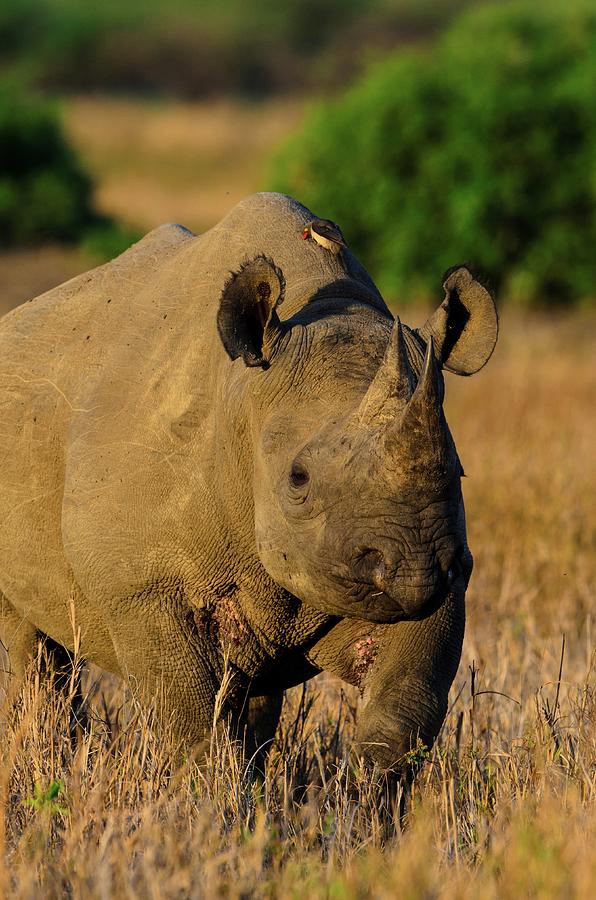
Black Rhinoceros (rhino) Or Hooklipped Photograph by Roger De La Harpe Fine Art America
Black rhinos, otherwise known as the hook-lipped rhino, is one of two species of rhinoceros native to Africa (the other being the white rhino). Although once found across sub-Saharan Africa, rampant poaching has consequently limited the geographical distribution of the remaining black rhino population.

Hooklipped Rhinoceros (Diceros Bicornis) in a Green Field Stock Photo Image of wildlife
The hook-lipped rhino calf walks alongside or behind its mother. They will stay with their mother's for 2-3 years, until shortly before the birth of the next offspring when she will drive them away. Life span. 40 years . Conservation. The rapid decline in numbers of both African rhino species is a result of extensive poaching for their horns.
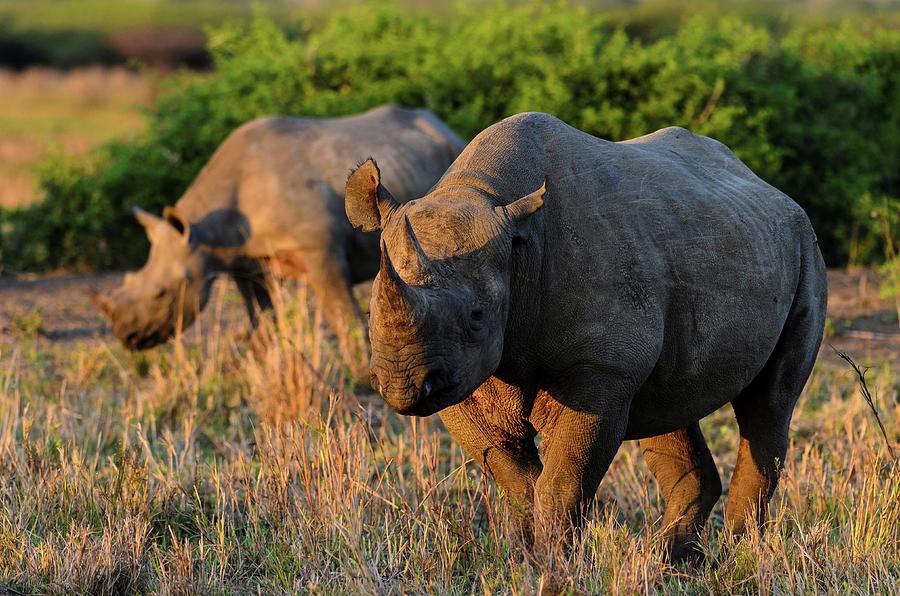
Black Rhinoceros (rhino) Or Hooklipped Photograph by Roger De La Harpe Fine Art America
The black rhinoceros (also known as the hook-lipped rhinoceros) is a large species of rhinoceros native to Africa. Despite its name, the black rhinoceros is actually fairly light in color with most black rhinoceros individuals having either white or grey skin. The black rhino weighs between 800 kg to 1,400 kg (1,800-3,100 lbs).
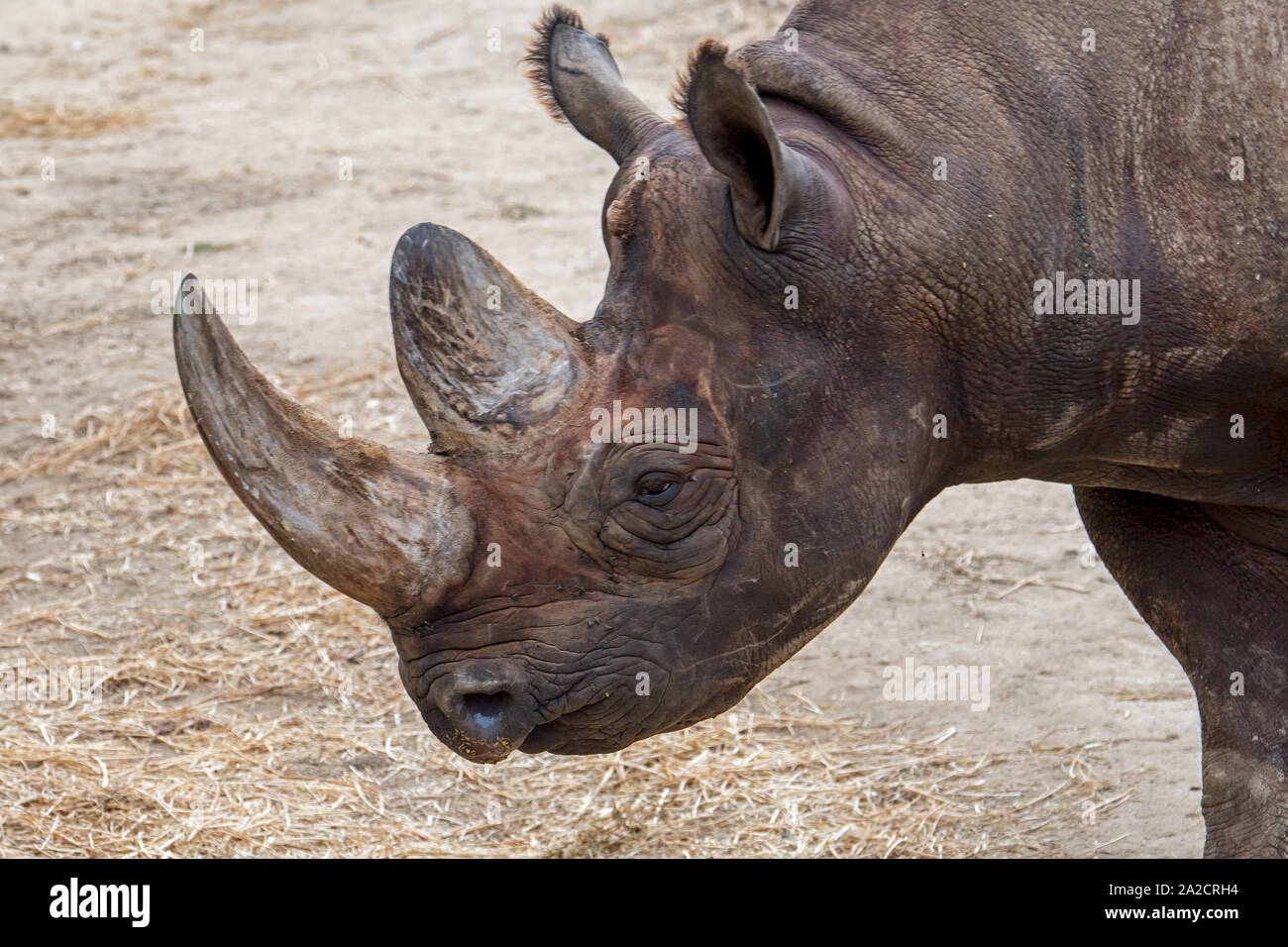
Black rhinoceros / black rhino / hooklipped rhinoceros (Diceros bicornis) closeup of head and
The greatest threat facing African rhinos is poaching for the illegal trade in their horns, which has soared in recent years. The number of rhinos poached in South Africa alone has increased by 9,000% since 2007 - from 13 to a record 1,215 in 2014.

M3 Hook lipped rhinoceros walking turning YouTube
The black rhinoceros, black rhino or hook-lipped rhinoceros ( Diceros bicornis) is a species of rhinoceros, native to eastern and southern Africa including Angola, Botswana, Kenya, Malawi, Mozambique, Namibia, South Africa, Eswatini, Tanzania, Zambia, and Zimbabwe. Although the species is referred to as black, its colours vary from brown to grey.

The Black Rhinoceros or Hooklipped Rhinoceros Stock Photo Image of cute, african 138927426
This species is also known as the "hook-lipped rhino" for its pointed upper lip. The other African species, the " white rhino ," has a broad, squared, upper lip. Black rhinos are considered to be Critically Endangered, and three different subspecies have already been declared Extinct by the IUCN. Read on to learn about the black rhino.
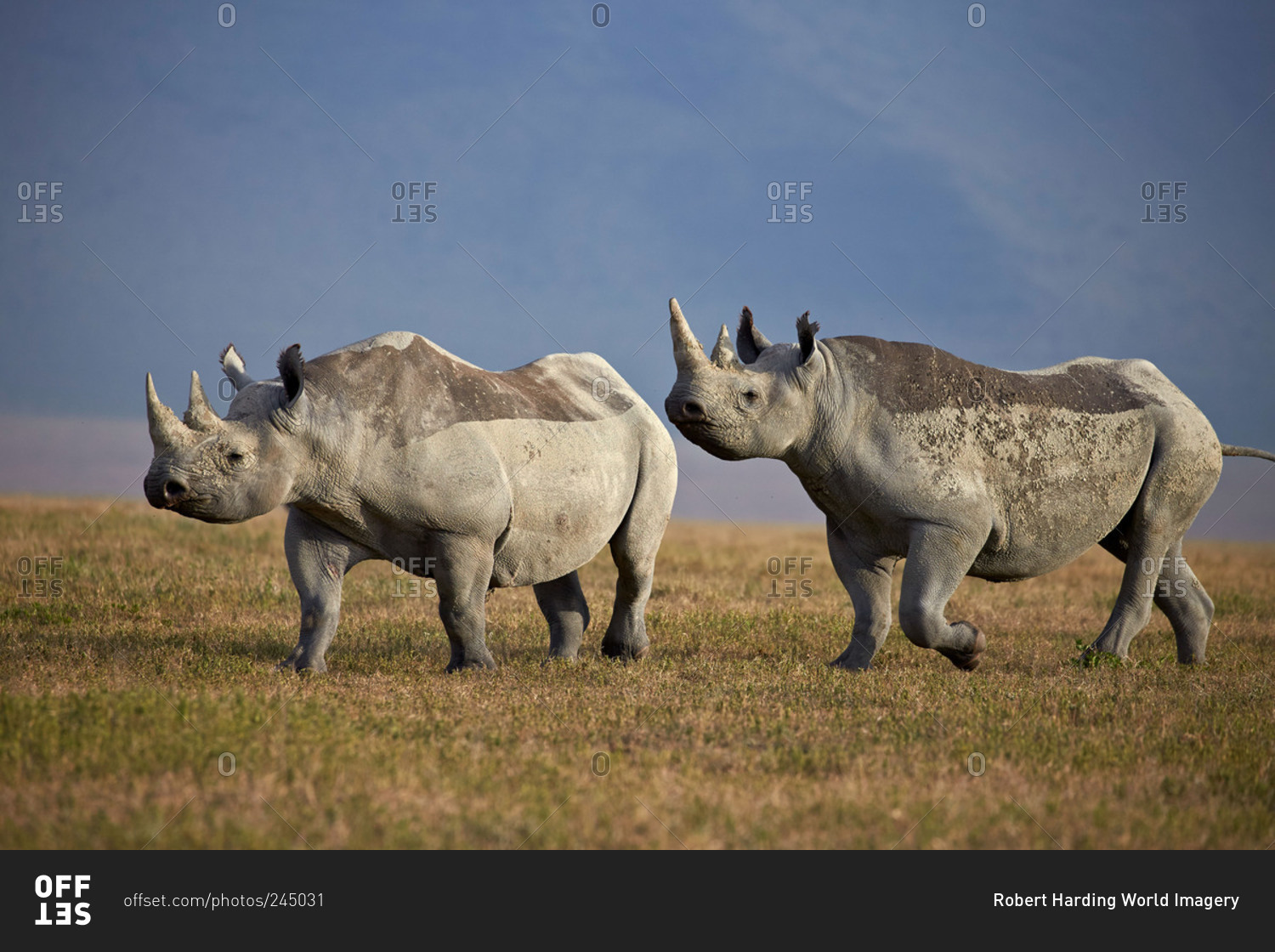
Two black rhinoceros (hooklipped rhinoceros) (Diceros bicornis), Ngorongoro Crater, Tanzania
The black rhinoceros, black rhino or hook-lipped rhinoceros is a species of rhinoceros, native to eastern and southern Africa including Angola, Botswana, Kenya, Malawi, Mozambique, Namibia, South Africa, Eswatini, Tanzania, Zambia, and Zimbabwe. Although the species is referred to as black, its colours vary from brown to grey. It is the only extant species of the genus Diceros.
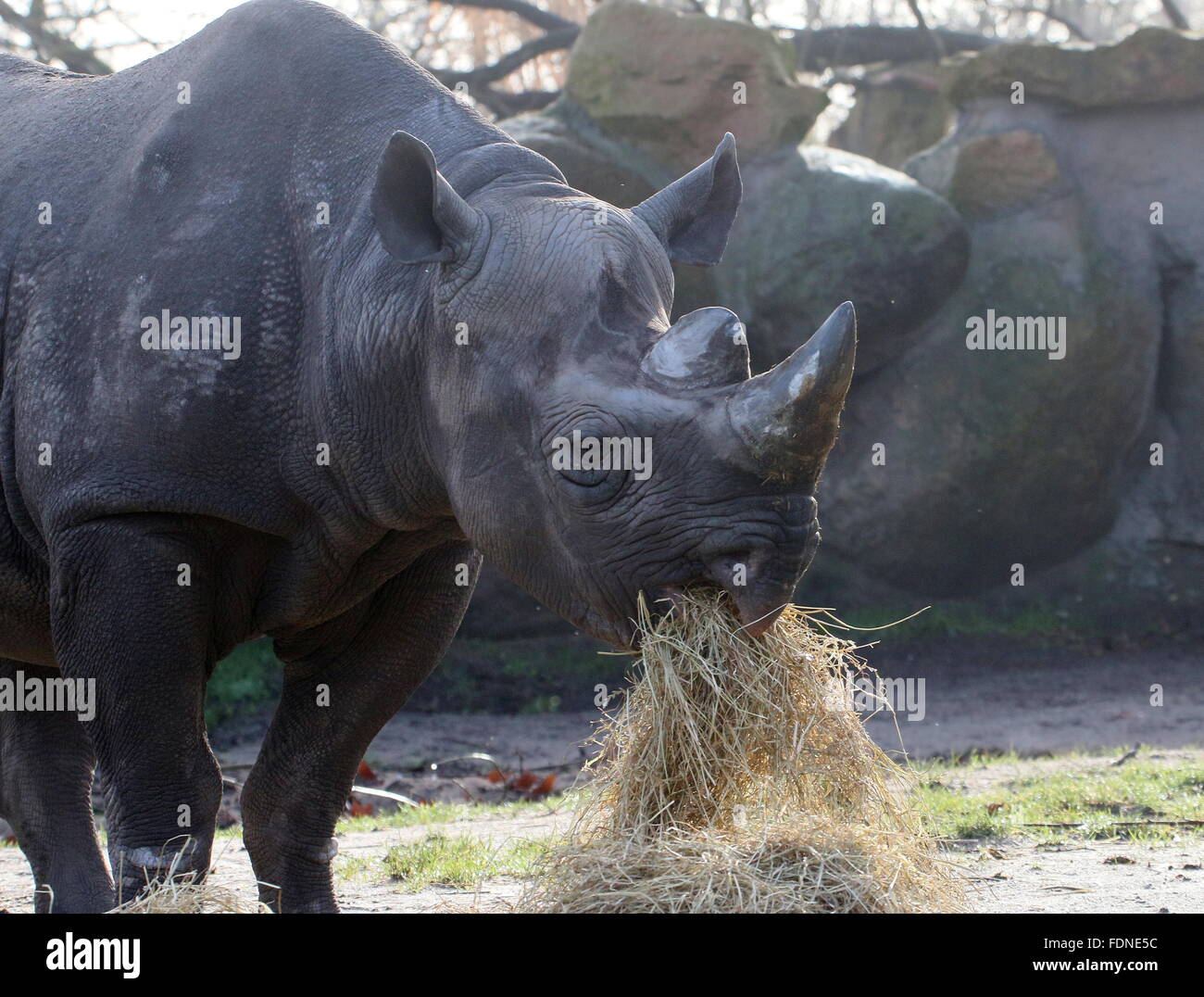
East African black or hook lipped rhino (Diceros bicornis) feeding on hay Stock Photo Alamy
Black rhino, Hook-lipped rhinoceros, Hooked lip rhino 13 languages English.. The Black rhino has a pointed and prehensile upper lip, which it uses to grasp leaves and twigs when feeding, whereas the white rhinoceros has square lips used for eating grass. The Black rhinoceros can also be distinguished from the White rhinoceros by its size.

Hooklipped Black African Rhinoceros Stock Photo Alamy
It appeared 7-8 million years ago on Earth but during contemporary years, the number of its population started rapidly falling because of hunting for pleasure as well as hunting for its long horns which are considered the aphrodisiac and the cure in some cultures.
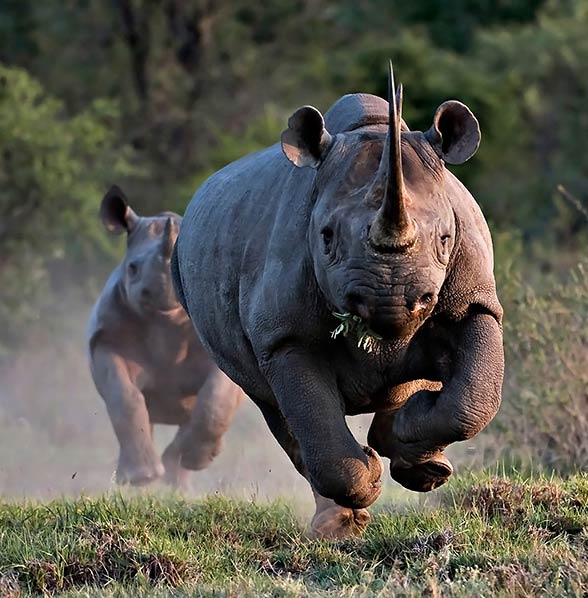
Black rhinoceros hooklipped rhino
The The African Rhino Specialist Group (AfRSG) of the IUCN's Species Survival Commission (SSC) estimates a 12% growth in black rhino populations in recent years, from approximately 5,495 individuals in 2017 to more than 6,000 today.. Prehensile or hook-lipped rhinoceros. The upper lip of the black rhino is adapted for feeding from trees.

Africa A Black Rhinoceros or hooklipped rhinoceros (Diceros bicornis) in Kariega Game Reserve
The eastern black rhinoceros ( Diceros bicornis michaeli ) is also known as the East African black rhinoceros or eastern hook-lipped rhinoceros. It is a subspecies of the black rhinoceros. Its numbers are very low due to poaching for its horn and it is listed as critically endangered. Te Terrestrial E starts with Appearance
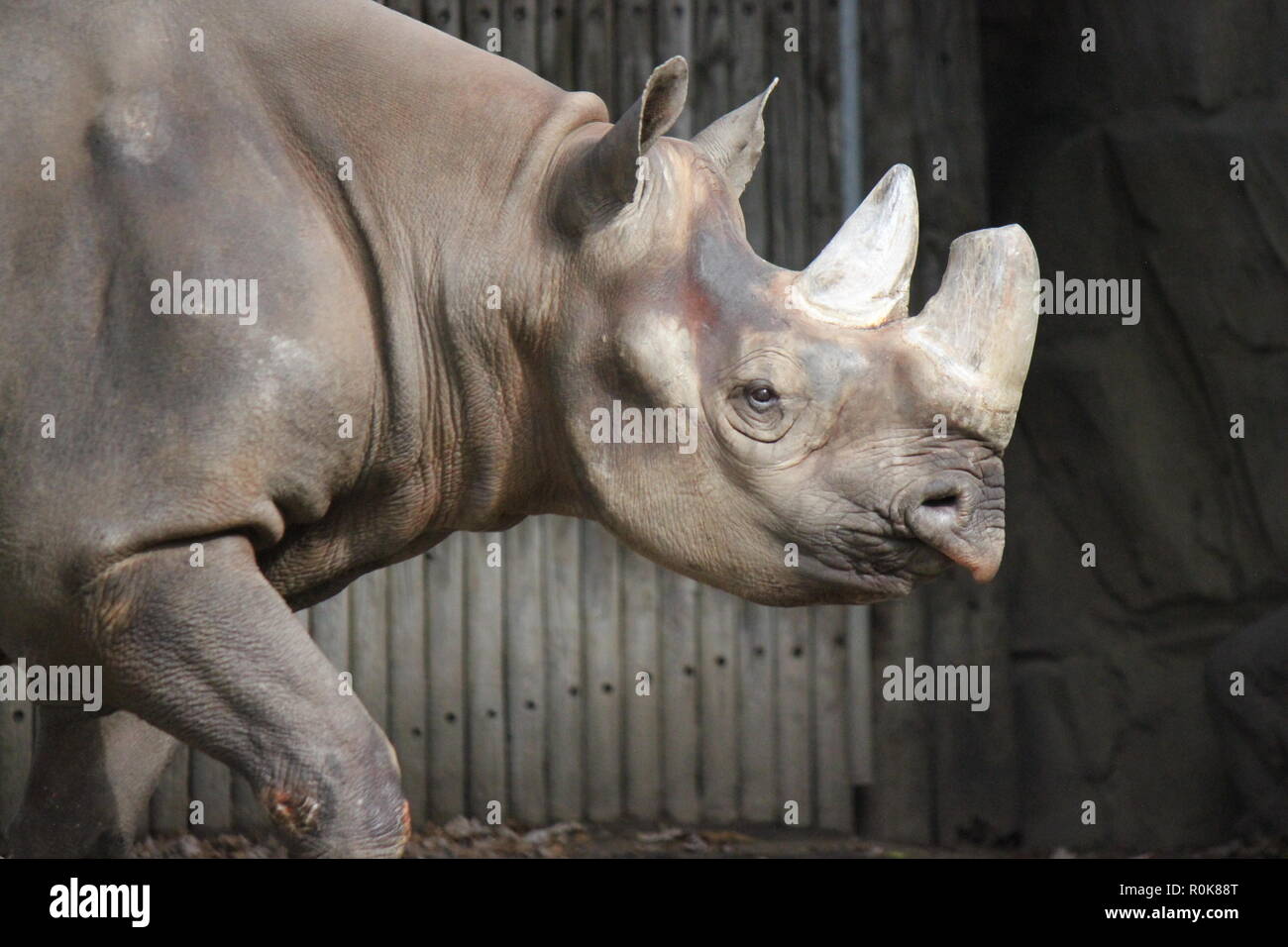
The black rhinoceros, hooklipped rhinoceros, Diceros bicornis walking around his animal pen at
Prinhusill or hook-liped rhinoceros. Adapted for eating from lips and shrubs on the lips of Krishna rhinoceros. During the declaration of the extinction of black rhinoceros (Donos bicornis lambipes) in South Africa on 23 May 2006, the primary ends of their primary are the people, the people, the people, and the people.

Black hook lipped rhino Diceros bicornis Ngorongoro Crater Tanzania Stock Photo Alamy
Synonym: Hook-lipped rhino Scientific name: Diceros bicornis: "Di" meaning "two", "cerato" meaning "horn" in Greek and "bi" meaning "two", and "cornis" meaning "horn" in Latin Subspecies: There are four subspecies of the black rhino: Southern Central black rhino Diceros bicornis minor Eastern black rhino Diceros bicornis michaeli

Black rhinoceros (Diceros b. michaeli), also known as hooklipped rhino, Lewa Downs Wildlife
Also called the hook-lipped rhino, it's hook-shaped upper lip helps grasp and rip plants. Diceros bicornis bicornis, Diceros bicornis michaeli, Diceros bicornis minor and Diceros bicornis longipes are all sub-species of the African black rhino found in the dry deserts, wet forests and Savannah grassland. Length (head and body) 3.0 - 3.8m.